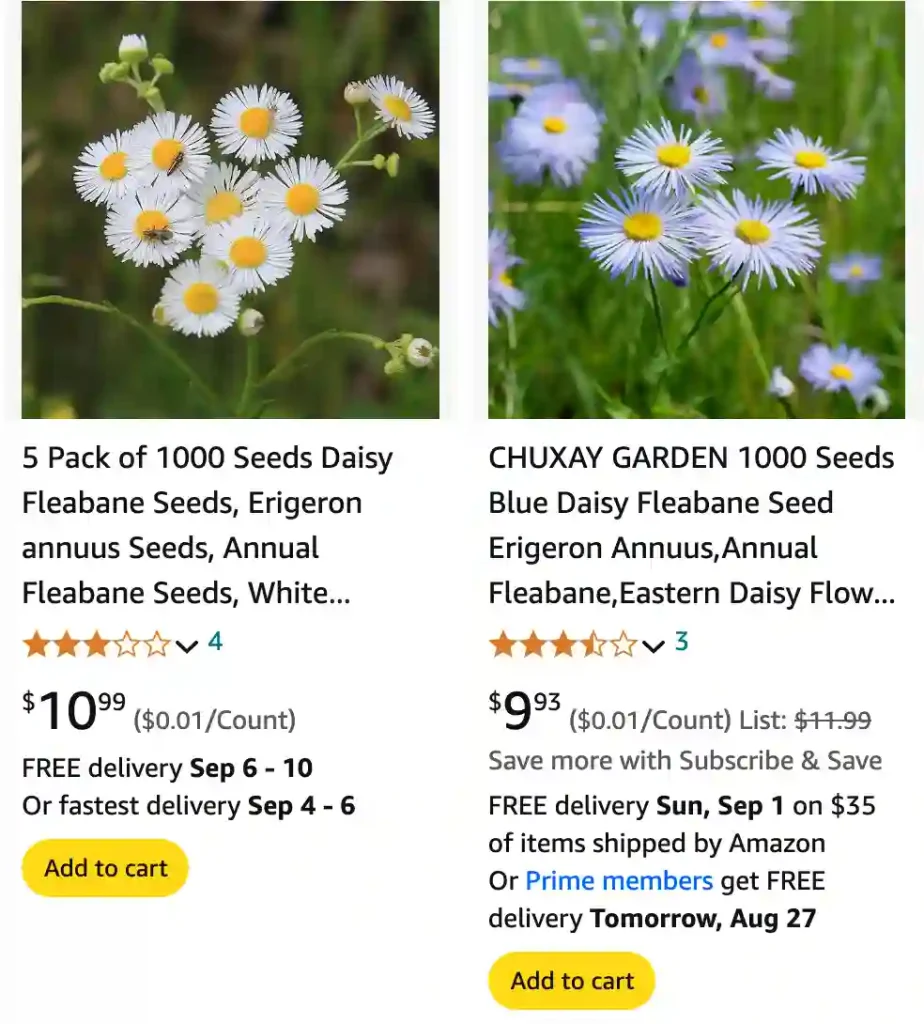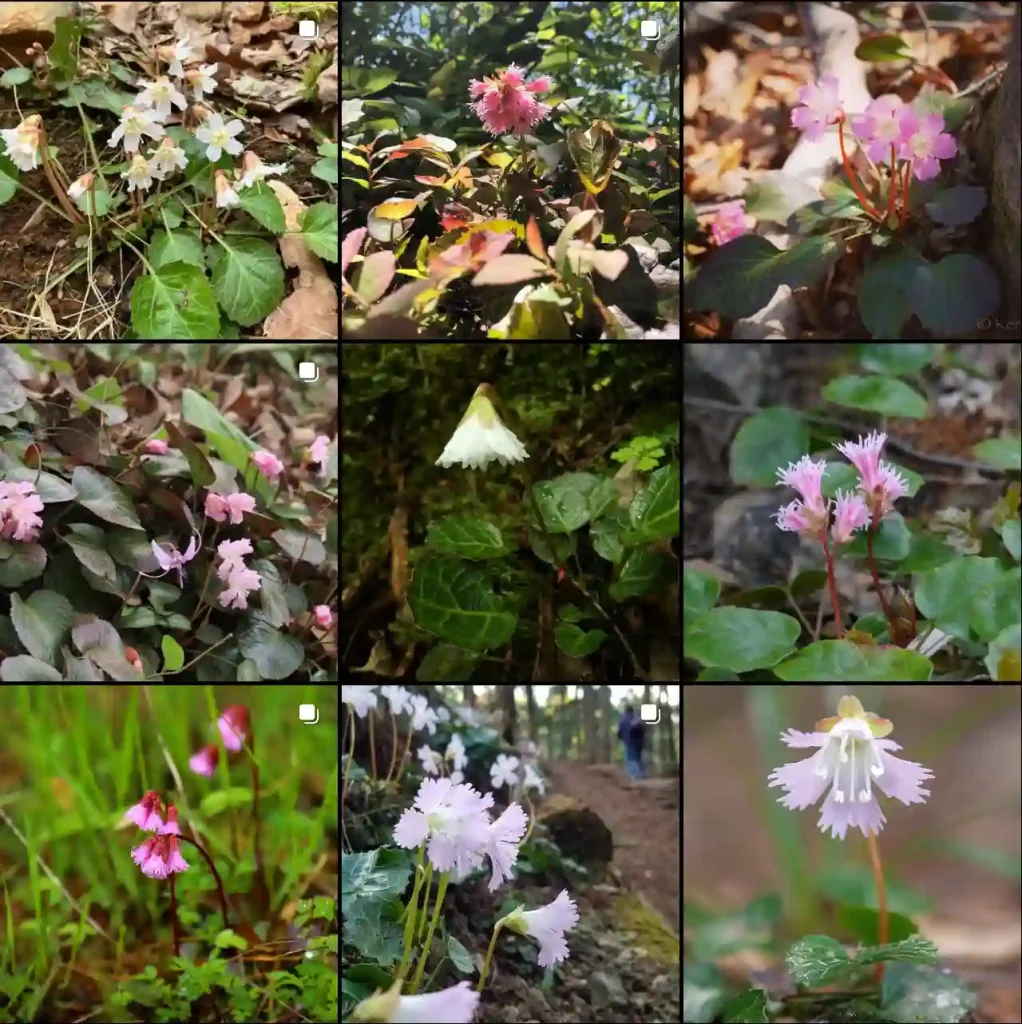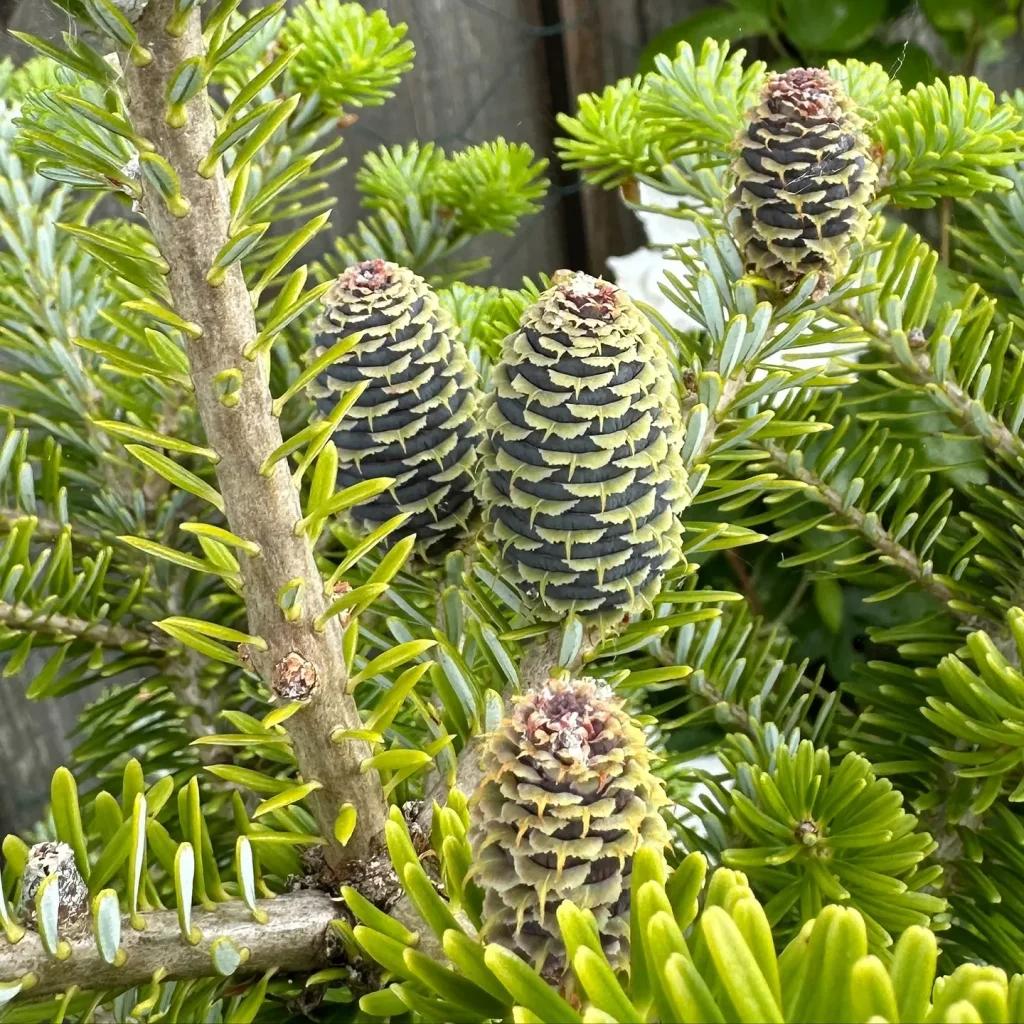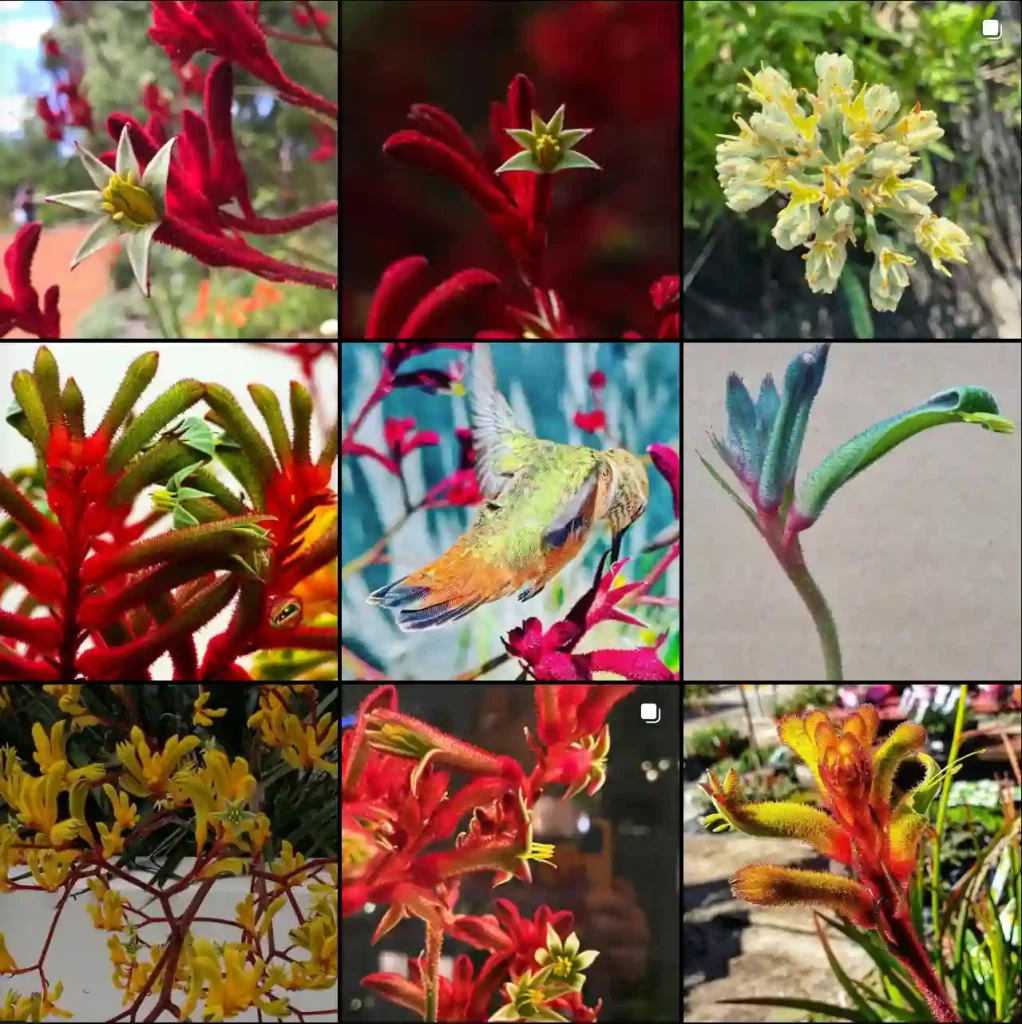
FAQs About Erigeron Annuus: What You Need to Know
Erigeron Annuus, commonly known as the Annual Fleabane or Annual Erigeron, is a plant I’ve come across quite often in my gardening adventures. With its delicate daisy-like flowers and hardy nature, it’s no wonder many people have questions about this charming plant. Here’s a detailed look at some of the most frequently asked questions and other essential information about Erigeron Annuus.
465 Species in Genus Erigeron
Is Erigeron Annuus a Weed?
One of the first things people often ask is whether Erigeron Annuus is considered a weed. The term “weed” can be quite subjective, depending on the context. In some areas, especially in gardens or agricultural settings, Erigeron Annuus might be classified as a weed because it can spread rapidly and compete with other plants for resources. Its ability to self-seed and establish itself quickly can be seen as problematic in some situations. However, in other contexts, especially in native or wildflower gardens, this plant is valued for its vibrant blooms and low maintenance requirements.
Is Erigeron Annuus Poisonous?
When it comes to toxicity, Erigeron Annuus is generally considered non-toxic to humans and animals. This makes it a safe choice for gardens where pets and children roam. I’ve never encountered any issues with toxicity, and it’s not known to cause harm if ingested in small quantities. However, it’s always a good idea to keep an eye on pets and children, as ingestion of any plant material could potentially cause mild digestive upset.
When Does Erigeron Annuus Bloom in St. Louis?
In St. Louis, Erigeron Annuus typically starts blooming in late summer, around July and August. This timing fits well with the warm climate of the region, providing a splash of color during the hotter months. The blooming period can last until the first frost, offering a long season of beauty. The flowers are small but numerous, creating a cheerful and abundant display.
How to Care for Erigeron Annuus?
Caring for Erigeron Annuus is relatively straightforward. This plant thrives in full sun but can tolerate partial shade. It prefers well-drained soil, and while it’s quite tolerant of drought, it will appreciate occasional watering during prolonged dry spells. Regular deadheading of spent flowers can encourage prolonged blooming and keep the plant looking its best.
How to Propagate Erigeron Annuus?
Propagation of Erigeron Annuus is quite easy. You can propagate it from seeds, which can be sown directly in the garden or started indoors. The seeds should be planted in a light soil mix and kept moist until germination. Once seedlings are large enough to handle, they can be transplanted into their permanent spots in the garden. This plant also readily self-seeds, so if you let some of the flowers go to seed, you might find new plants popping up in your garden the following year.
What to Plant With Erigeron Annuus?
Erigeron Annuus pairs well with other sun-loving plants. I’ve found that it complements the vibrant colors of Coneflowers, Black-eyed Susans, and Shasta Daisies. It also works nicely with ornamental grasses and other low-maintenance perennials, creating a diverse and interesting garden landscape.
Can You Grow Erigeron Annuus Indoors?
Growing Erigeron Annuus indoors is not typically recommended. It’s more suited to outdoor conditions where it can receive ample sunlight and benefit from natural air circulation. While it might survive indoors in a sunny window, it’s unlikely to thrive or bloom as well as it does outdoors.
Benefits of Erigeron Annuus
One of the major benefits of Erigeron Annuus is its ease of care. It’s a hardy plant that can withstand various growing conditions and is relatively pest-free. Its long blooming period adds a burst of color to gardens and attracts pollinators like bees and butterflies. Additionally, its ability to self-seed means it can establish itself year after year with minimal intervention.
Common Problems with Erigeron Annuus
Despite its robustness, Erigeron Annuus can encounter a few issues. Overcrowding can lead to fungal diseases, especially in humid conditions. Proper spacing and good air circulation can help prevent these problems. Additionally, in some regions, it may spread too aggressively, outcompeting other plants if not managed properly.
Comparing Erigeron Annuus with Other Plants
If you’re considering alternatives, you might compare Erigeron Annuus with other similar species like Erigeron Karvinskianus (Mexican Fleabane) or Erigeron Speciosus (Showy Fleabane). Each has its own unique features and growing requirements. For example, Erigeron Karvinskianus is known for its smaller, more delicate flowers and is a bit more tolerant of shade.
In conclusion, Erigeron Annuus is a versatile and charming plant that can add beauty and resilience to your garden. Whether you view it as a potential weed or a delightful addition, understanding its characteristics can help you make the most of its presence in your outdoor space.
If i die, water my plants!



